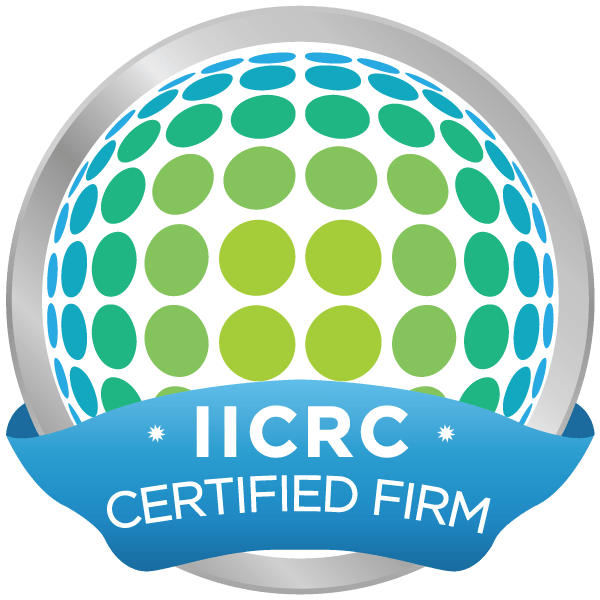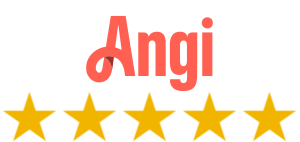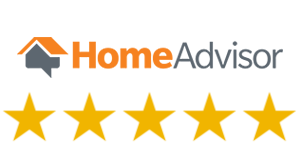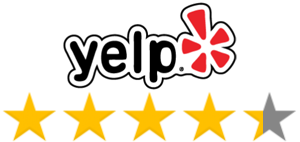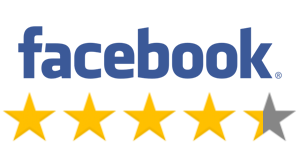Level 3 water contamination, also known as Category 3 water damage, is the most severe and hazardous type of water contamination. It is characterized by water that is grossly contaminated and can contain harmful pathogens, bacteria, and toxins. Examples of Category 3 water damage include sewage, rising water from rivers or streams, and wind-driven rain from hurricanes or tropical storms. Contact with Category 3 water can lead to significant health risks and adverse reactions in humans, such as gastrointestinal issues, skin infections, and respiratory problems.
When dealing with Category 3 water damage, it is important to prioritize personal safety, shut off the water source, turn off electricity, extract the water, dispose of contaminated items, clean and disinfect all affected surfaces, and promote drying to prevent mold growth. Professional restoration companies should be called in to handle Category 3 water damage due to the high health risks involved. Most standard homeowner’s insurance policies do not cover Category 3 water damage, and separate flood insurance or specific endorsements may be necessary for coverage.
Key Takeaways:
- Level 3 water contamination, also known as Category 3 water damage, is the most severe and hazardous type of water contamination.
- Category 3 water damage can include sewage, rising water from rivers or streams, and wind-driven rain from hurricanes or tropical storms.
- Exposure to Category 3 water can lead to significant health risks, including gastrointestinal issues, skin infections, and respiratory problems.
- It is crucial to prioritize personal safety and take proper steps to mitigate Category 3 water damage, such as shutting off the water source, turning off electricity, and extracting the water.
- Professional restoration companies should be contacted to handle Category 3 water damage due to the high health risks involved.
Effects and Prevention of Level 3 Water Contamination
Contact with Category 3 water can lead to significant health risks and adverse reactions in humans, such as gastrointestinal issues, skin infections, and respiratory problems. Due to the gross contamination and potential presence of harmful pathogens, bacteria, and toxins, it is crucial to take immediate action to minimize the risks associated with level 3 water contamination.
To prevent level 3 water contamination, it is essential to prioritize personal safety and follow specific steps for effective mitigation. If you encounter Category 3 water damage, start by shutting off the water source to prevent further contamination. It is also crucial to turn off electricity in affected areas to avoid any electrical hazards. Once these precautions are in place, the water should be extracted thoroughly, taking care to remove all standing water and moisture.
Disposing of contaminated items is a critical step in preventing the spread of contaminants. Any porous materials that have been saturated with Category 3 water, such as carpets, furniture, and drywall, should be removed and discarded properly. Cleaning and disinfecting all affected surfaces is necessary to eliminate any remaining contaminants. This process should involve the use of appropriate disinfectants to ensure a thorough sanitization.
| Preventive Measures for Level 3 Water Contamination |
|---|
| Shut off the water source |
| Turn off electricity in affected areas |
| Extract all standing water |
| Dispose of contaminated items |
| Clean and disinfect all affected surfaces |
| Promote drying to prevent mold growth |
Promoting drying is essential in preventing mold growth, as mold thrives in moist environments. It is crucial to ensure that all affected areas are thoroughly dried using appropriate ventilation and dehumidification methods. Additionally, monitoring the moisture levels in the affected areas is important to prevent any potential mold development.
Due to the high health risks involved, it is recommended to seek professional assistance when dealing with Category 3 water damage. Professional restoration companies have the necessary expertise, equipment, and experience to handle the cleanup and restoration process effectively. They can ensure thorough disinfection, drying, and mold prevention, mitigating the risks associated with level 3 water contamination.
It is important to note that most standard homeowner’s insurance policies do not cover Category 3 water damage. To ensure coverage for such incidents, separate flood insurance or specific endorsements may be necessary. Contact your insurance provider to discuss the available options for protecting your property against level 3 water contamination.
Conclusion
It is crucial to prioritize personal safety and seek professional assistance when dealing with level 3 water contamination to mitigate the risks and protect your health. Level 3 water contamination, also known as Category 3 water damage, is the most severe and hazardous type of water contamination. Examples of Category 3 water damage include sewage, rising water from rivers or streams, and wind-driven rain from hurricanes or tropical storms. This type of contamination is characterized by water that is grossly contaminated and can contain harmful pathogens, bacteria, and toxins.
Contact with Category 3 water can lead to significant health risks and adverse reactions in humans. Gastrointestinal issues, skin infections, and respiratory problems are among the potential consequences. Therefore, immediate action is necessary to minimize exposure and prevent further harm.
When faced with Category 3 water damage, it is important to follow proper protocols to ensure personal safety and prevent the spread of contamination. First, prioritize your safety by shutting off the water source and turning off the electricity. Next, extract the water and dispose of any contaminated items. Clean and disinfect all affected surfaces thoroughly to eliminate any lingering pathogens and bacteria. It is crucial to promote drying to prevent mold growth, as mold can further exacerbate health risks.
Given the high health risks involved, it is best to engage professional restoration companies that specialize in handling Category 3 water damage. They have the expertise and equipment necessary to effectively mitigate the contamination and restore your property to a safe condition. It’s important to note that most standard homeowner’s insurance policies do not cover Category 3 water damage. Therefore, separate flood insurance or specific endorsements may be necessary to ensure coverage for this type of damage.
FAQ
What is level 3 water contamination?
Level 3 water contamination, also known as Category 3 water damage, is the most severe and hazardous type of water contamination. It is characterized by water that is grossly contaminated and can contain harmful pathogens, bacteria, and toxins.
What are the effects of level 3 water contamination?
Exposure to level 3 water contamination can lead to significant health risks and adverse reactions in humans, such as gastrointestinal issues, skin infections, and respiratory problems.
How can level 3 water contamination be prevented?
Preventive measures to minimize the risks of level 3 water contamination include shutting off the water source, turning off electricity, extracting the water, disposing of contaminated items, cleaning and disinfecting affected surfaces, and promoting drying to prevent mold growth.
What should I do when dealing with level 3 water contamination?
When dealing with level 3 water contamination, it is important to prioritize personal safety, seek professional help from restoration companies experienced in handling this type of damage, and ensure that appropriate insurance coverage, such as separate flood insurance or specific endorsements, is in place.
Is level 3 water contamination covered by standard homeowner’s insurance?
Most standard homeowner’s insurance policies do not cover level 3 water damage. Separate flood insurance or specific endorsements may be necessary to obtain coverage for this type of contamination.
What is the significance of level 3 water contamination?
Level 3 water contamination poses serious health risks and must be addressed promptly and appropriately to minimize these risks and prevent further damage to the affected property.

